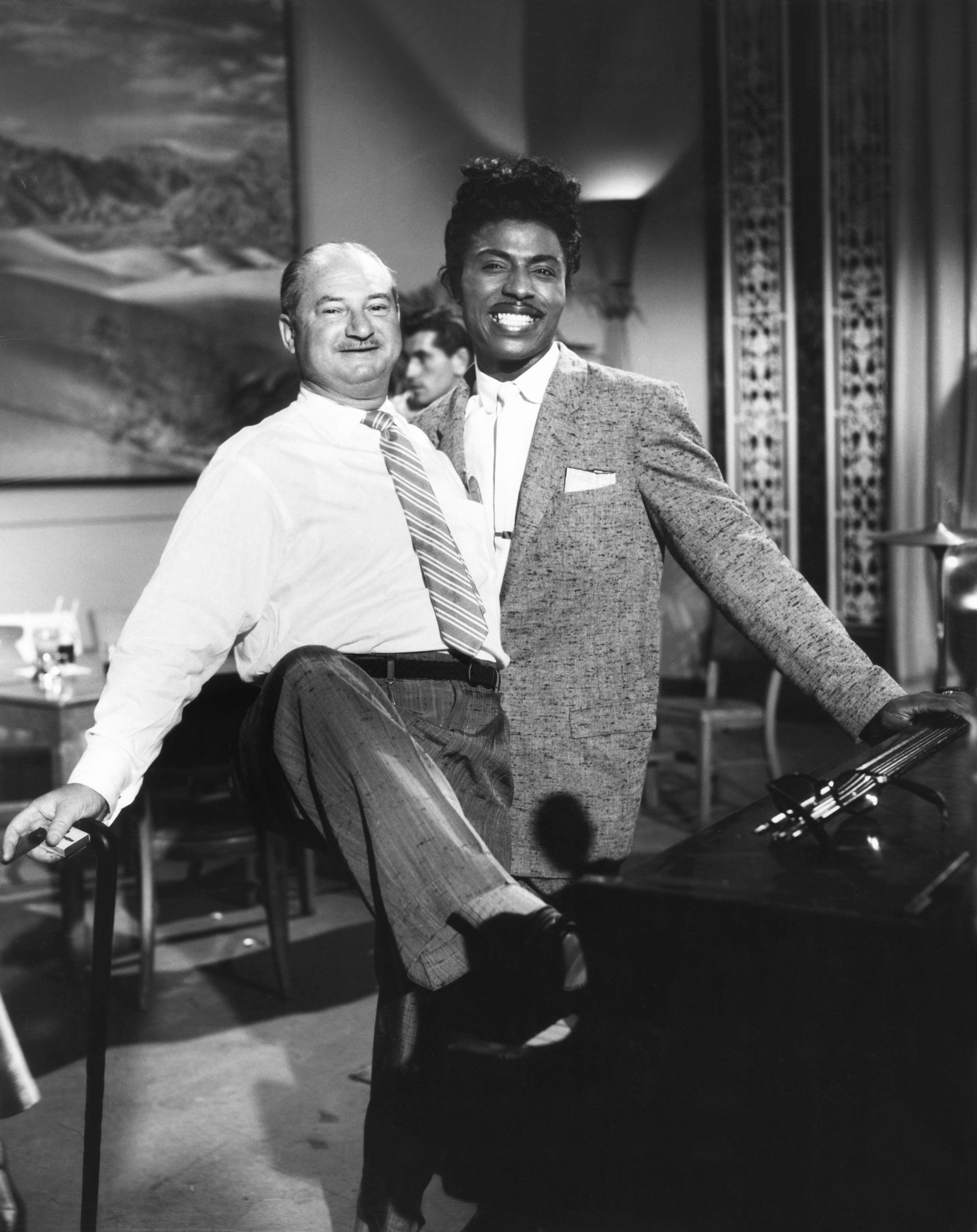As Congress prepares to adjourn for the holidays, one piece of legislation that’s still on the table is a bipartisan criminal justice bill known as the First Step Act.
It aims to improve federal prison conditions and reduce some prison sentences, a sticking point for some lawmakers. But the bill also contains a less controversial provision: a ban on shackling pregnant women.
Incarcerated people outside prison walls are considered potential flight risks. That label applies even to pregnant women when they leave prisons for medical care or to give birth.
These women are often restrained with handcuffs, ankle chains or shackles. Roughly two dozen states ban the practice of restraining incarcerated pregnant women during childbirth, but the First Step Act would apply to federal facilities.
The American Civil Liberties Union says shackling incarcerated pregnant women is “dangerous” and “inhumane.” The American College of Obstetricians and Gynecologists says it puts the health of the mother and baby at risk.
Carolyn Sufrin, a medical anthropologist and OB-GYN at Johns Hopkins School of Medicine, works with incarcerated pregnant women. She says that the U.S. correctional system was designed with men in mind.
“When you have something as gender-specific as pregnancy, it reminds you of how flawed the system is and how ill-prepared it is to take care of pregnant people and the reproductive health needs of women in general,” Sufrin says. “They’re, if at all, an afterthought.”
NPR’s Ailsa Chang spoke with Sufrin about the practice of shackling incarcerated women. The interview has been edited for length and clarity.
Interview Highlights
On why incarcerated pregnant women are shackled
The rationale behind shackling is not something that I understand. When taken off-site all incarcerated persons are presumed to be dangerous and a potential flight risk. A pregnant person needs to be taken off-site for medical attention and for childbirth.
So when she’s in a public space, the presumption is that she must be a flight risk and a public safety risk. Because of this default assumption, she needs to be restrained.
On delivering the baby of a shackled woman
When I was a first-year OB-GYN resident in training in Pennsylvania, I delivered the baby of a woman who was shackled to the bed. It made me more nervous and afraid and overwhelmed and also sort of confused me about my own role and my own complicity in this violence of shackling a pregnant woman in labor.
I had no idea that this was even possible and I didn’t know if I was authorized to ask the guard to unshackle her. I just kept worrying about what I would do if there was an emergency. Luckily, the birth itself went fine.
This was a deeply troubling moment for me, of course much more so for the woman herself, but it’s a pretty harrowing experience to have to practice medicine with someone who is in chains.
On the medical risks of shackling pregnant women
In labor, emergencies arise unexpectedly. We might need to do an emergency C-section if there are signs of distress or the baby’s shoulder could get stuck in the birth canal. When one of these emergencies arises, as a health care professional, we need to focus on our patient, not on asking a guard to unshackle her.
And there are dangers throughout pregnancy, not just in labor and childbirth. If a pregnant woman falls, she could have a dangerous condition where the placenta separates and she could hemorrhage. Shackles can increase her risk of falling and also prevent her from being able to break a fall.
But on top of these medical risks, it’s just common sense. The chances that a woman in the middle of labor, or even not in labor, can outrun someone and be a flight risk are just ludicrous.
I just gave birth six months ago and I can tell you that the thought of running off and escaping and outrunning anybody else is just ludicrous to me.
On the variability of medical care for incarcerated pregnant women
There are no mandatory standards that every prison and jail across the country has to follow when it comes to health services delivery. That means that every prison and jail has its own rules that it follows for pregnant people and the care they receive, including the use or nonuse of restraints.
But the issue really extends even much further than the use of restraints. It has to do with the entire health care for a pregnant person. There’s tremendous variability and you can have some places that provide excellent, comprehensive prenatal care and other places where it’s abysmal and even dangerous.
On why there’s still work to do to ensure proper care for incarcerated pregnant women
This bill would only pertain to women incarcerated in federal facilities and under the jurisdiction of the U.S. Marshals Service, so it would not pertain to people incarcerated in state prisons, which is where the majority of women are incarcerated. It would also not pertain to women housed in local jails. And on top of that, it only addresses the issue of shackling pregnant women. That is an important step to take, but it is only the tip of the iceberg when it comes to the care of pregnant and postpartum women in custody.
Rachel D. Cohen is an intern on NPR’s Science Desk.
Andrea Hsu and Jessica Smith produced and edited this conversation for broadcast.
Let’s block ads! (Why?)



